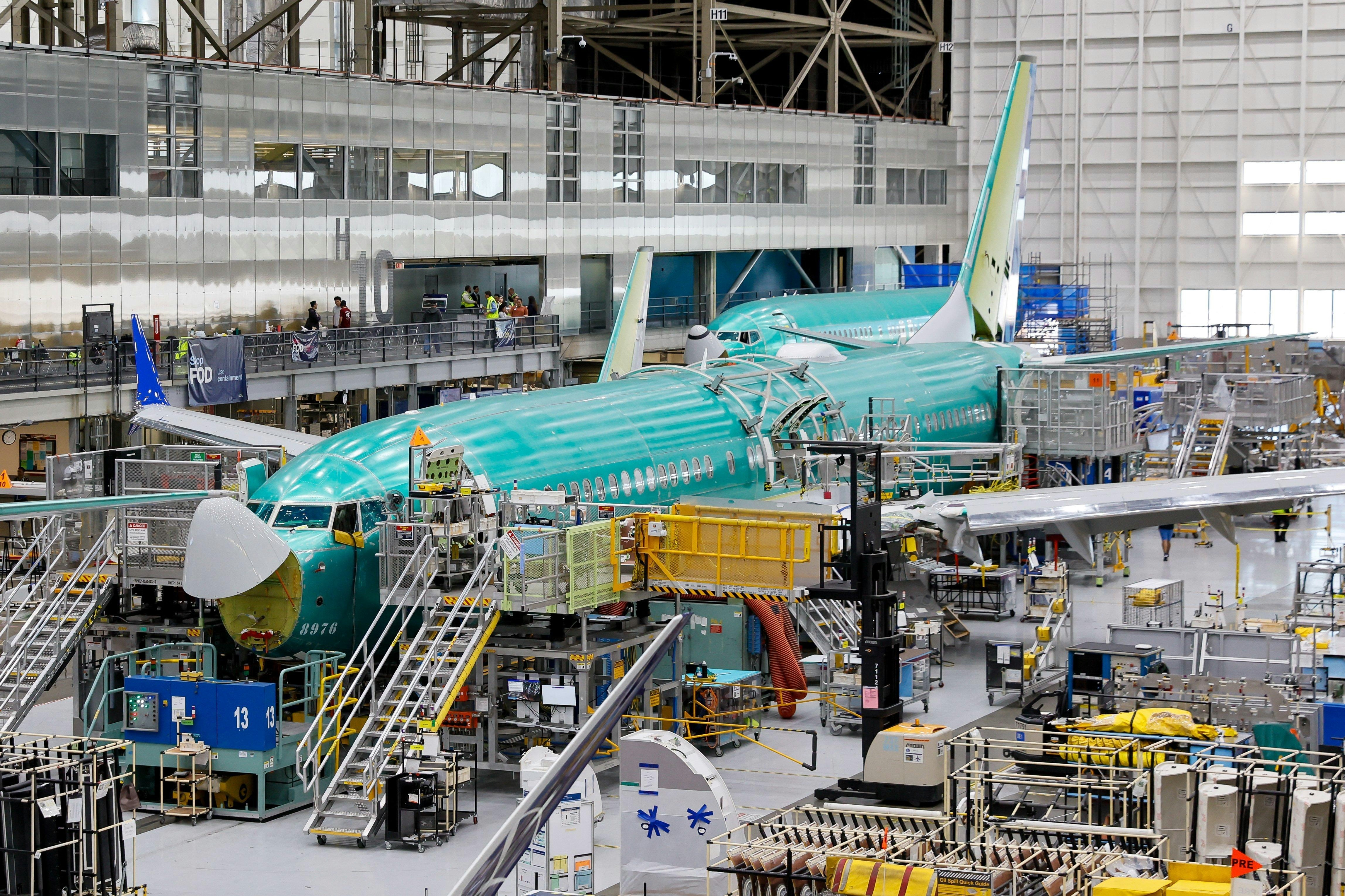
AeroGenie: Su copiloto inteligente.
Tendencias
Categories
Fuel Switches Cited in Air India Flight AI171 Crash, Prompting Aviation Safety Concerns
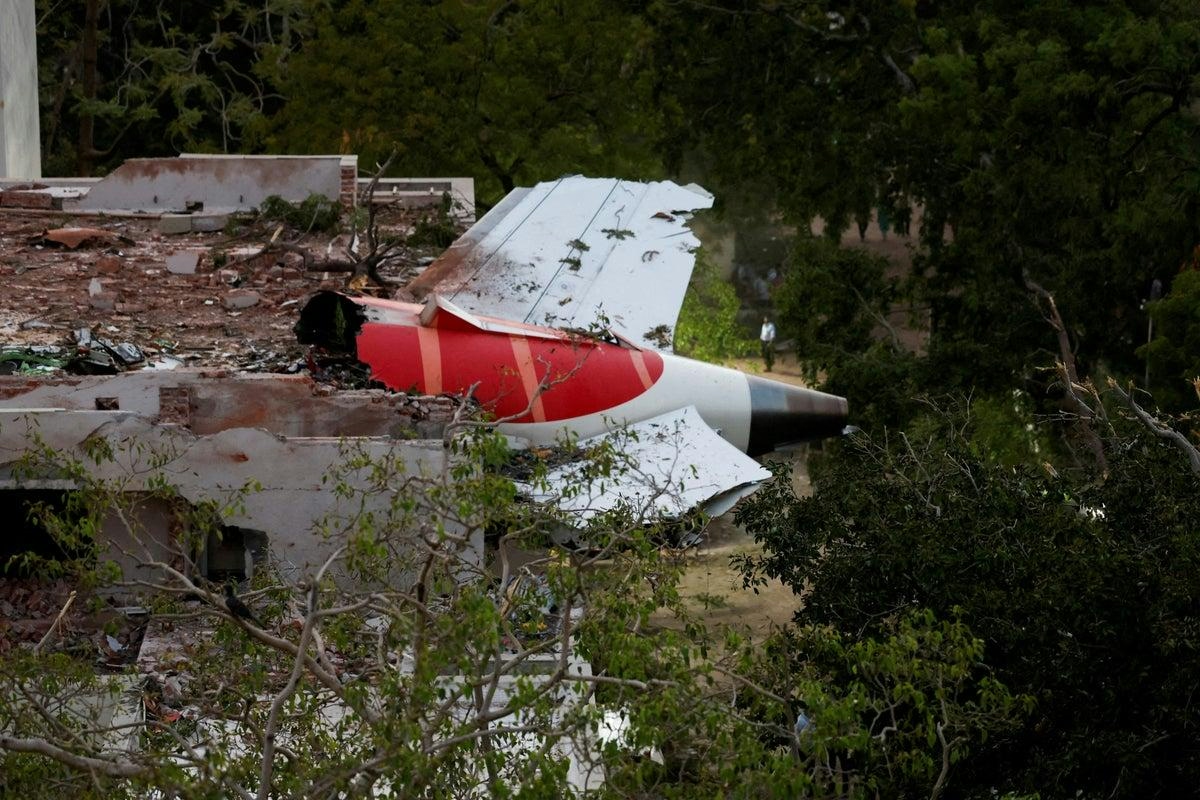
Fuel Switches Cited in Air India Flight AI171 Crash, Prompting Aviation Safety Concerns
Preliminary Findings Reveal Unexplained Fuel Switch Movements
The preliminary report released by India’s Aircraft Accident Investigation Bureau on the crash of Air India Flight AI171 presents a technical and measured account of a deeply troubling incident. The report refrains from speculation or assigning blame, relying exclusively on verified data that raises significant concerns for the global aviation community.
On June 12, 2025, a Boeing 787 Dreamliner carrying 241 passengers and crew lost all engine thrust just 32 seconds after departing Ahmedabad. The engines did not fail due to weather conditions, fuel exhaustion, or mechanical malfunction. Instead, both engines ceased producing power when their fuel control switches simultaneously moved from the RUN to the CUTOFF position within a single second. This sudden loss of thrust caused the aircraft to rapidly descend, ultimately crashing into a residential hostel at BJ Medical College and exploding. All 241 people on board perished, along with 19 individuals on the ground.
The aircraft involved was relatively new, having been delivered to Air India just over a decade ago, with no deferred maintenance issues. It had arrived from Delhi the previous evening, passed routine inspections, and showed no warning signs prior to departure. The cockpit was manned by two highly experienced and medically cleared pilots: the captain with over 15,000 flight hours and the first officer with more than 3,400. Preflight checks and takeoff proceeded without incident until the engines lost power.
Cockpit Voice Recordings and Emergency Response
Cockpit voice recordings captured a brief and composed exchange between the pilots immediately following the loss of thrust. One pilot questioned, “Why did you cut off the fuel supply?” to which the other responded, “I did not.” There was no panic or confusion, only disbelief. The two fuel control switches, located on the overhead panel, had inexplicably moved to the CUTOFF position without any command or warning. No system alerts preceded the loss of engine power, which occurred as the aircraft climbed through approximately 500 feet.
Emergency systems activated automatically, deploying the Ram Air Turbine to provide limited flight control. The crew promptly reset the fuel switches to RUN. Engine 1 responded, but the recovery was too late to prevent disaster; Engine 2 failed to restart. Unable to maintain flight, the aircraft crashed moments later.
Industry and Regulatory Repercussions
The severity of the incident is underscored by a 2018 safety bulletin issued by the U.S. Federal Aviation Administration (FAA), which highlighted vulnerabilities in Boeing’s fuel control switches. Despite this warning, both the FAA and Boeing have maintained the switches’ reliability. The crash has intensified scrutiny of these components and sparked broader industry concerns. According to GlobalData, the disaster threatens to further destabilize India’s already struggling aviation insurance market.
Regulatory authorities have responded swiftly. India’s Directorate General of Civil Aviation (DGCA) conducted thorough inspections of Air India’s Boeing 787 fleet, reporting no major safety issues, though investigations remain ongoing. Concurrently, the European Union Aviation Safety Agency has initiated its own inquiry into Air India Express, focusing on unrelated matters involving engine part replacements and record falsification.
As the investigation continues, the preliminary findings highlight a chilling reality: a catastrophic sequence was triggered by the unexplained movement of two fuel control switches. This anomaly has left seasoned pilots and investigators searching for answers, while the aviation industry faces urgent questions regarding the safety and reliability of critical aircraft systems.
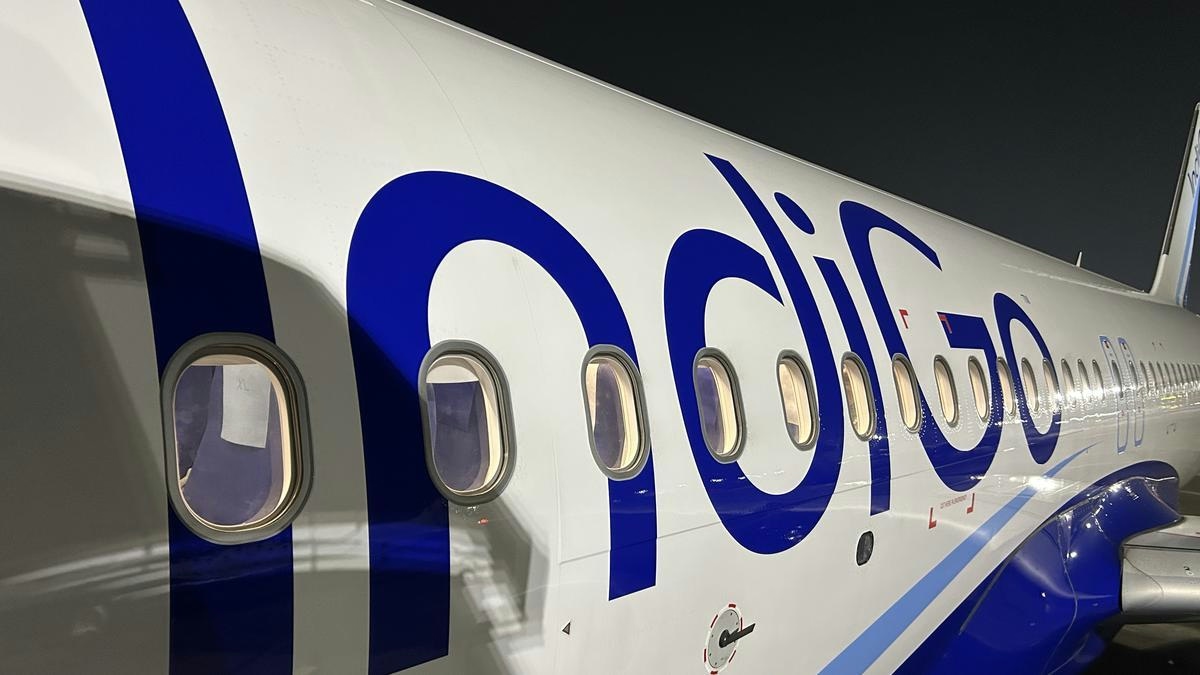
IndiGo to Deploy Wide-Body Aircraft on Vijayawada-Hyderabad Route, Says MP
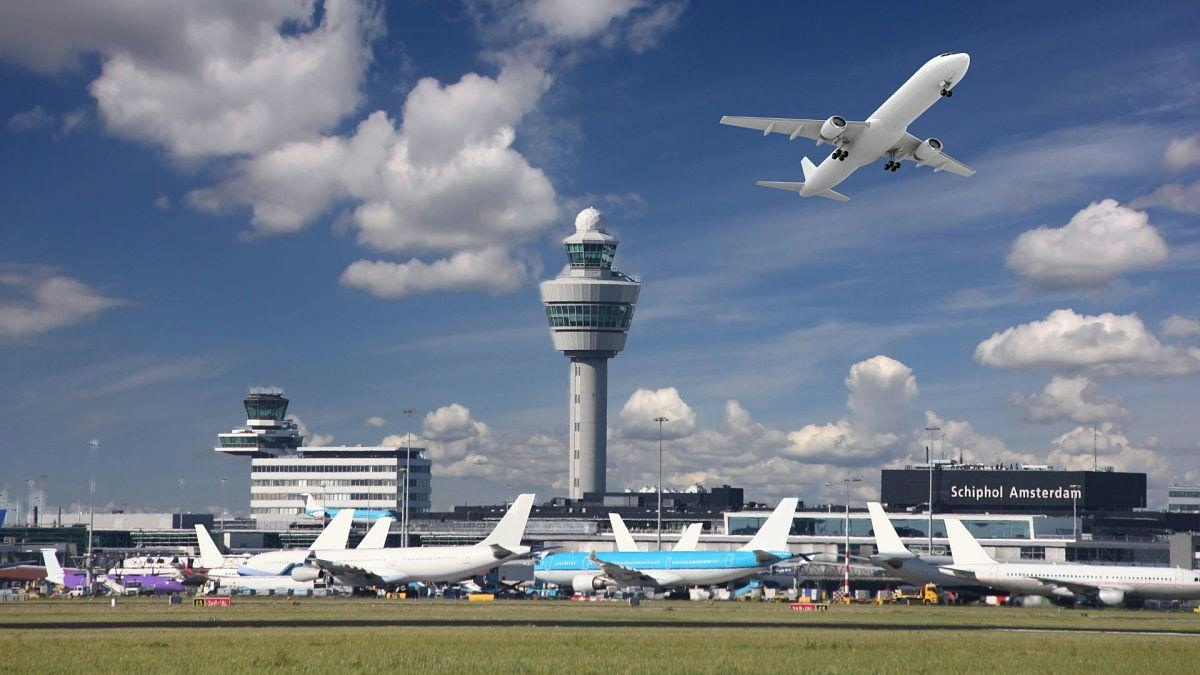
Europe Unveils New Aviation Strategy to Promote Cleaner, Faster Flights
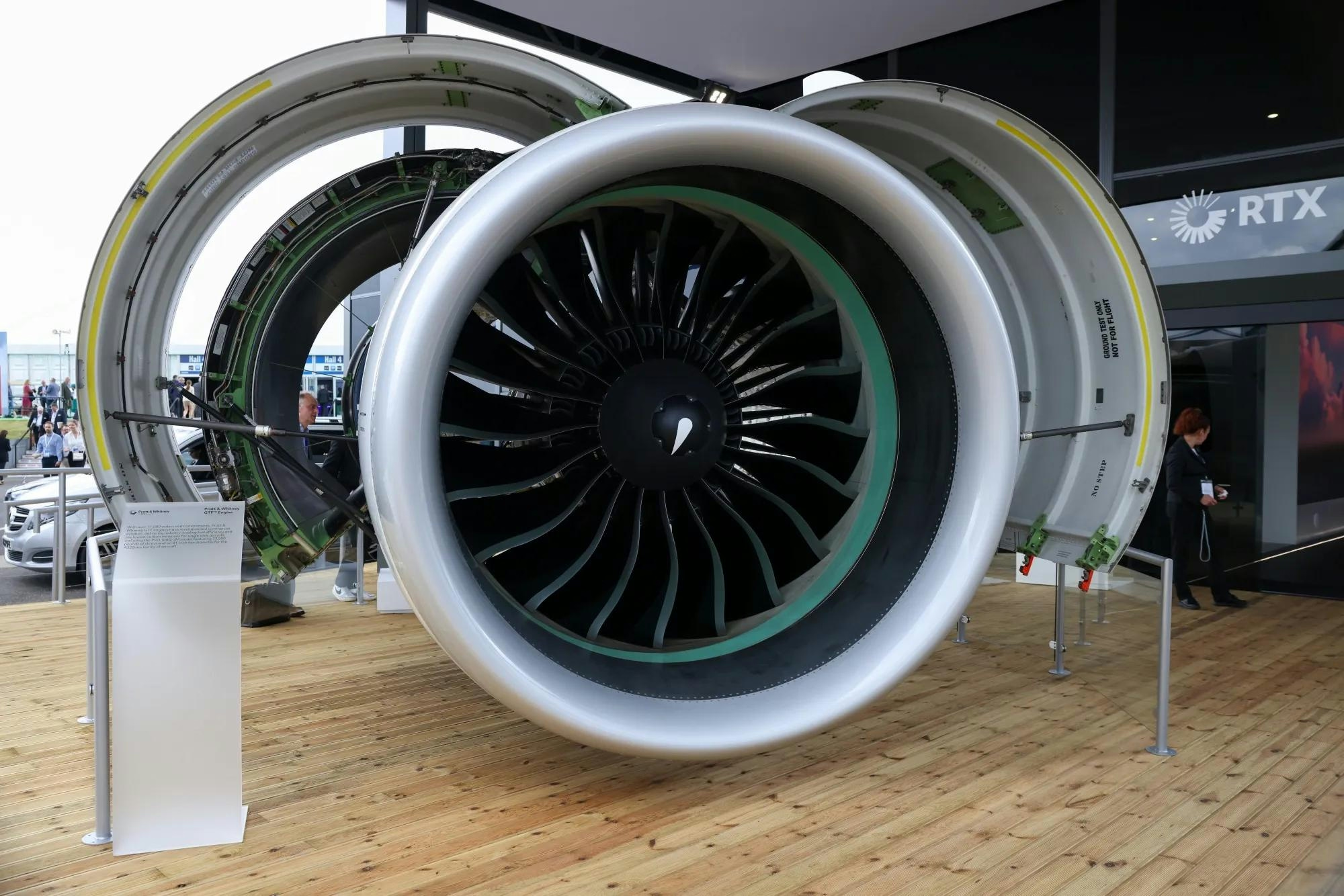
Spirit Signs Agreement with Pratt & Whitney Units on Aircraft Engines

ADB SAFEGATE Receives Industry Awards for Marketing, R&D, and Social Impact

GA Telesis Secures Five-Year Landing Gear Overhaul Agreement with Major U.S. Carrier
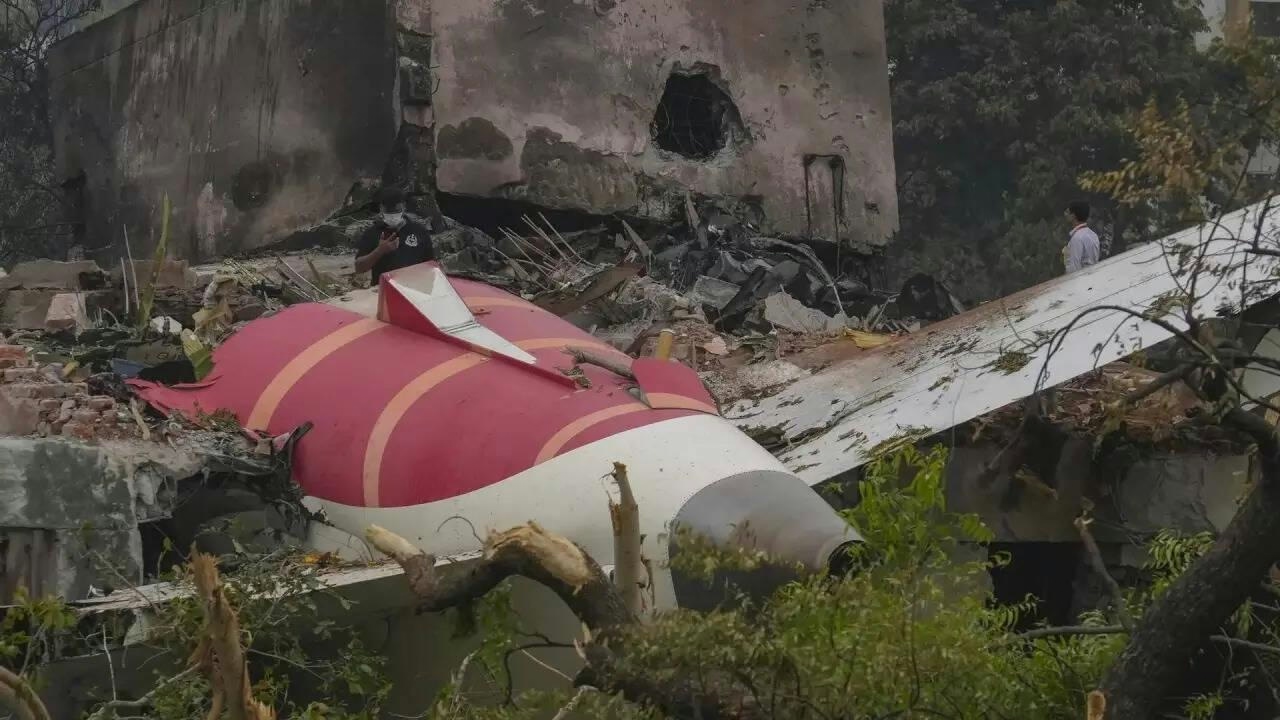
Government Strengthens Aviation Safety Framework Amid AI-171 Investigation

NASA Software Raises Bar for Aircraft Icing Research

Dans and Emirates Aviation University Partner on AI Air Traffic Management Research
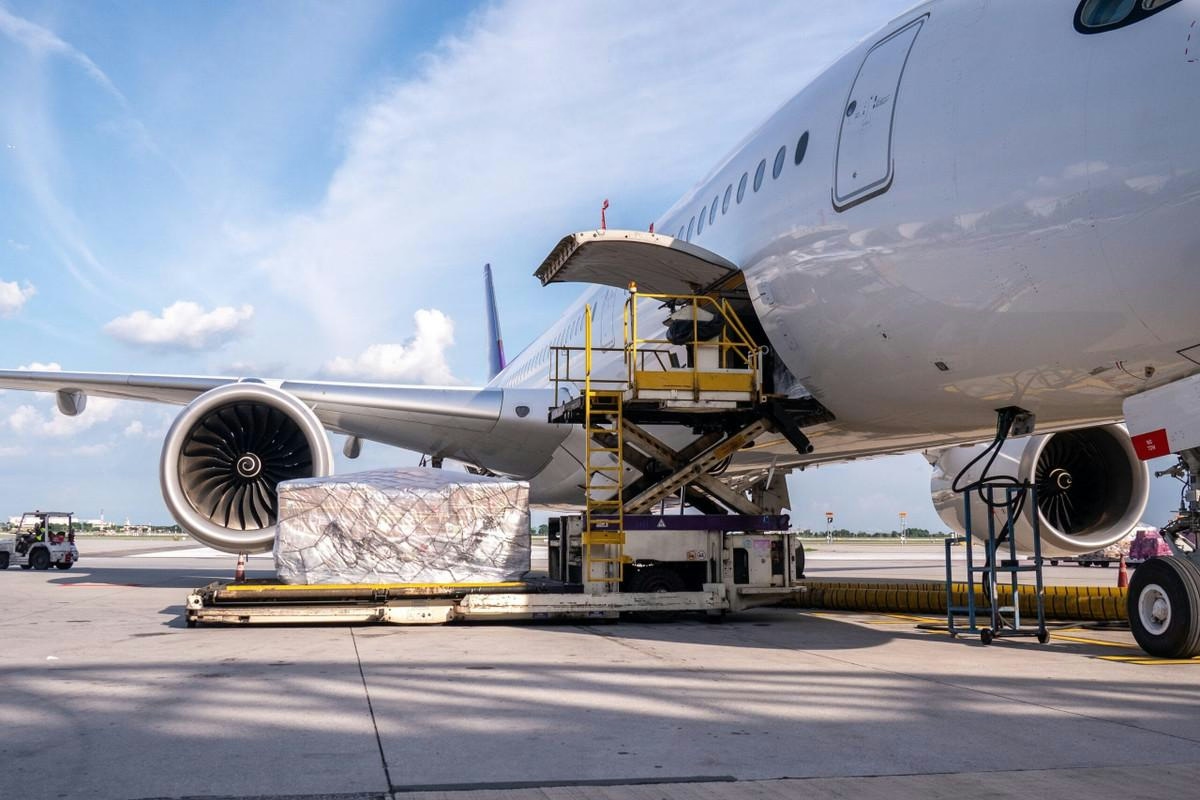
Nigus and AXISCADES to Develop Nigeria’s First Major Aviation MRO Hub
